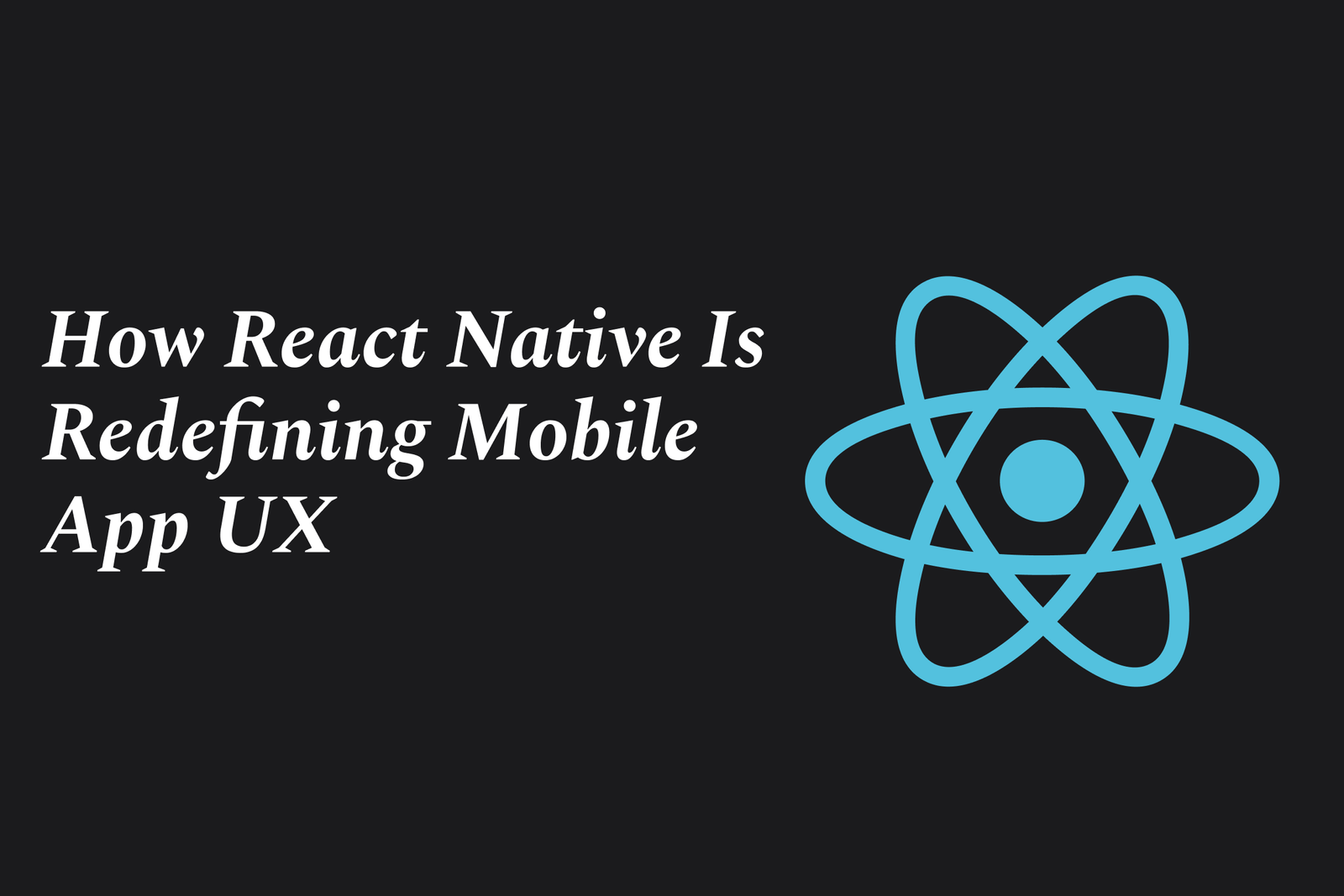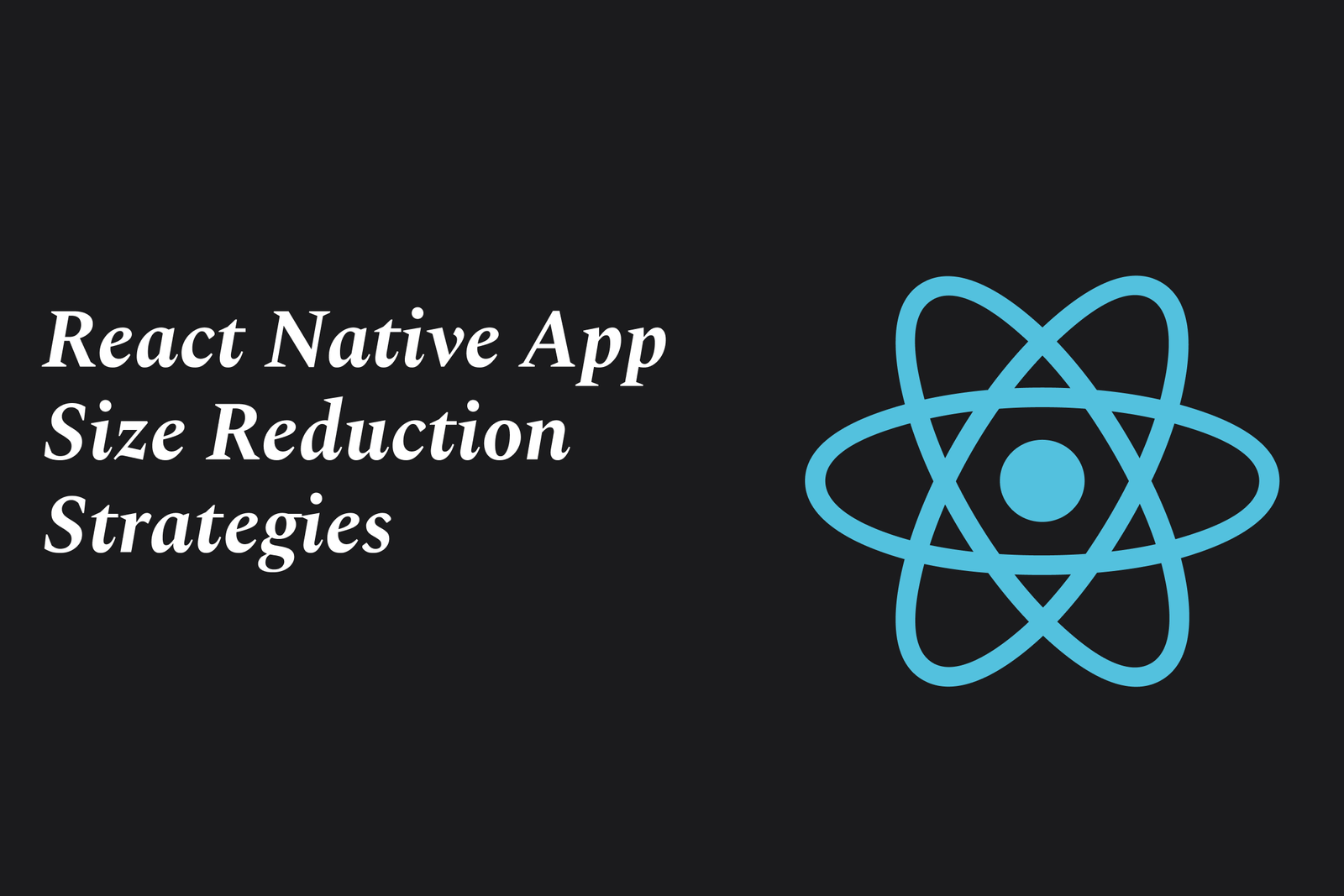How React Native is Powering the Next Wave of Social Apps
React Native is revolutionizing social app development by enabling fast, cross-platform building with near-native performance. It streamlines creating engaging, interactive features while cutting costs and time, powering the next generation of vibrant, scalable social applications.
How React Native Is Powering The Next Wave of Social Apps
1 ) React Native's Role in Modern Social App Development
React Native has emerged as a popular framework for building social applications across platforms. Its ability to deliver near native performance with a shared codebase enables developers to rapidly design apps for both iOS and Android, reducing time to market and development costs.
2 ) Integration with Modern Backend Solutions
Combining React Native with backend services like Supabase offers social app developers powerful real time data synchronization, easy authentication, and robust databases. This synergy allows building dynamic social features such as live chat, notifications, and activity feeds with minimal backend complexity.
3 ) Enhanced User Experience Through Native Like Performance
React Native's architecture provides smooth and responsive user interfaces, crucial for engaging social apps. The framework supports embedding custom UI components and animations, enabling innovative and interactive user experiences that rival fully native apps.
4 ) Cross Platform Consistency and Code Reusability
Social applications benefit significantly from React Native's cross platform compatibility. Developers write a single set of components and business logic, which run consistently on multiple platforms, ensuring uniform functionality and look and feel while simplifying maintenance.
5 ) Community and Ecosystem Support
The extensive React Native community and ecosystem supply a wealth of tools, libraries, and native module integrations that help implement cutting edge social features swiftly. This support accelerates innovation and problem solving in social app development.
6 ) Scalability and Future Proofing
With frameworks like React Native continuously evolving and technologies such as MDX and innovative backend platforms gaining traction, social apps built with React Native are well positioned to scale and adapt to future requirements, including complex content embedding and interactive functionalities.
In summary, React Native empowers the next generation of social apps by delivering efficient cross platform development, seamless integration with scalable backends, and rich user experiences that drive engagement and growth.
https://justacademy.in/news-detail/react-native?s-multi-language-support-expands
https://justacademy.in/news-detail/flutter-for-embedded-systems-2025
https://justacademy.in/news-detail/flutter-on-raspberry-pi:-new-examples
https://justacademy.in/news-detail/android-home-automation-integrations
https://justacademy.in/news-detail/react-native-0.75-release:-game-changing-features-you-can?t-miss
Related Posts
React Native’s latest updates bring a new architecture, improved performance with Hermes engine, better debugging tools, enhanced styling, and seamless native integrations—making cross-platform app development faster, smoother, and more reliable than ever, enticing developers to switch back.
The React Native Expo SDK roadmap for 2025 focuses on enhancing cross-platform app development with improved native code integration, faster deployment, advanced testing, and seamless collaboration—empowering developers to build high-performance, production-ready apps efficiently.
React Native’s developer experience sees a major boost with its new architecture, enabling smoother UI rendering, synchronous layout updates, and support for React 18 features. These improvements enhance performance, simplify development, and future-proof mobile app creation.
React Native’s upcoming features focus on a new default architecture for improved performance, enhanced debugging tools, better TypeScript support, and expanded platform compatibility. Frameworks like Expo streamline development with automated builds and live updates, making cross-platform app creation faster and easier.
React Native enables cross-platform native apps using JavaScript and React, while WebAssembly offers near-native performance for running code in any environment. Together, they represent the next frontier for building fast, portable, and secure apps across mobile and web platforms.
React Native’s new code splitting techniques optimize app performance by loading JavaScript code only when needed. Using Hermes bytecode, lazy-loaded components, inline requires, and platform-specific modules reduces startup time and memory usage for smoother, faster apps.
React Native is gaining traction in emerging markets due to its ability to build efficient, cross-platform mobile apps with a single codebase, reducing costs and development time. Its strong community support and performance make it ideal for fast-growing, mobile-first regions.
React Native developer salaries are rising due to high demand for cross-platform mobile apps, limited skilled talent, and its efficiency in reducing development time. As businesses prioritize faster launches and cost-effective solutions, skilled React Native developers command higher pay.
React Native enables building native mobile apps using JavaScript and React, while Expo enhances this by offering a powerful framework with tools, libraries, and services that simplify development, testing, and deployment—making their partnership efficient and developer-friendly.
React Native app size reduction strategies involve optimizing code, assets, and dependencies to minimize the app’s binary and bundle size. Techniques include enabling Hermes, using Proguard, compressing images, removing unused assets, and leveraging Android App Bundles for efficient delivery.










